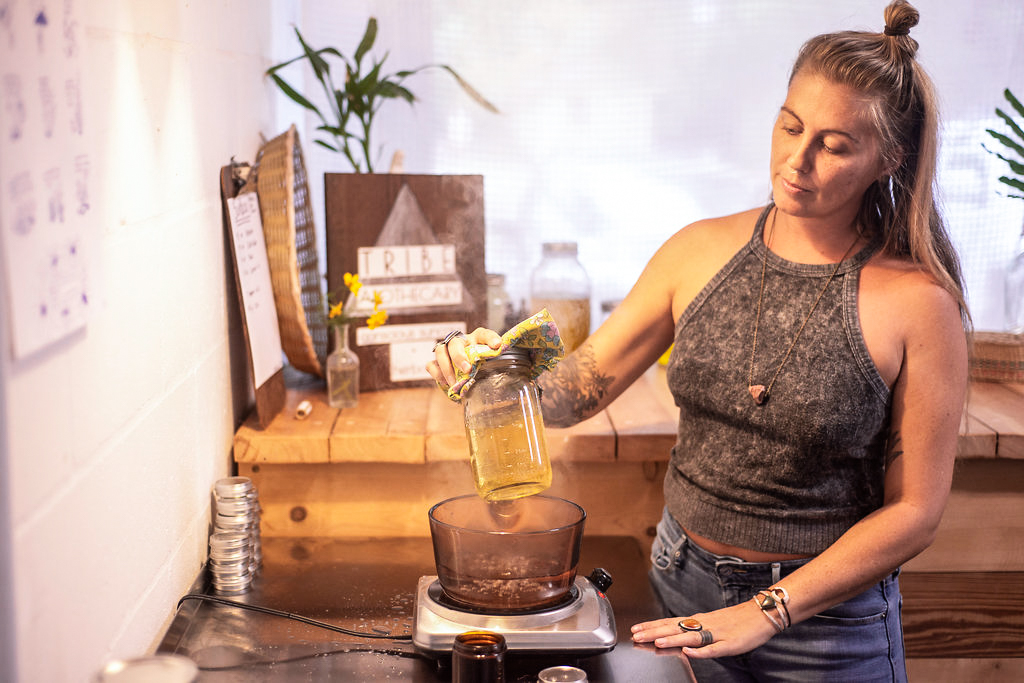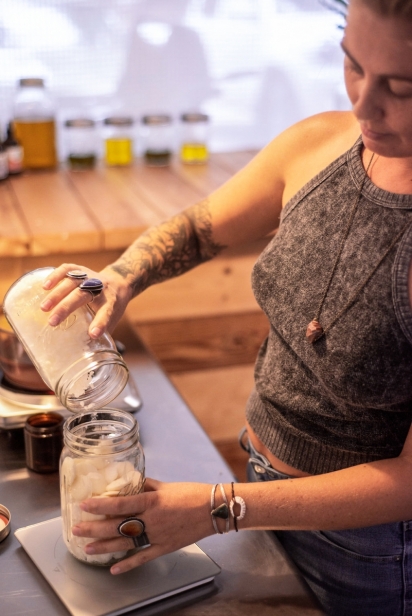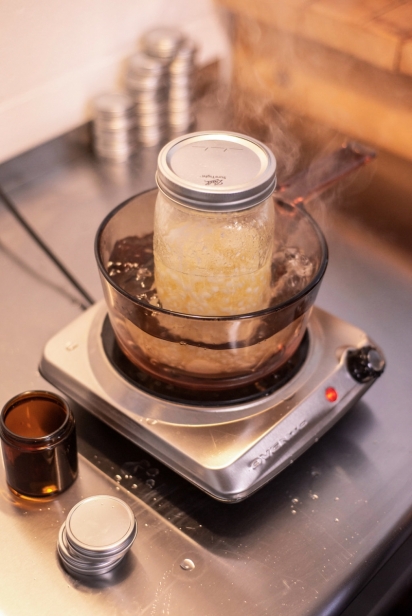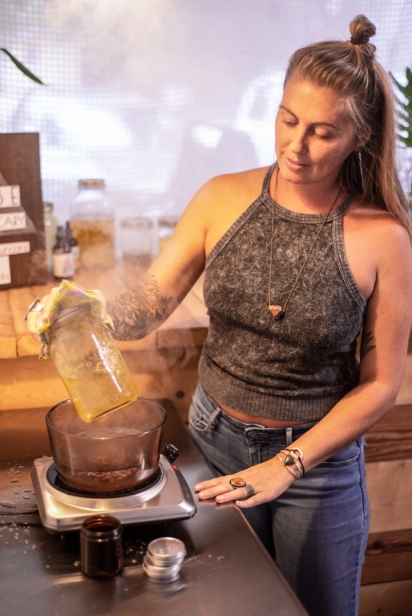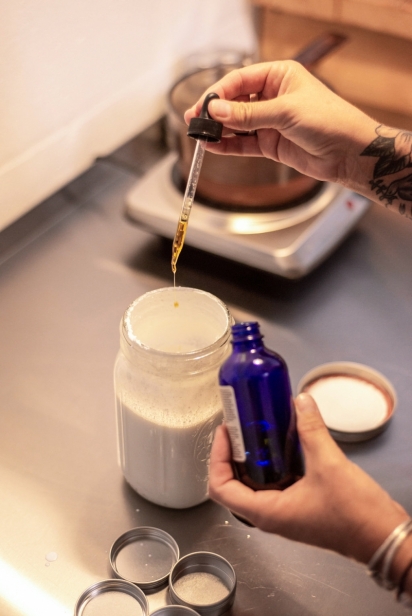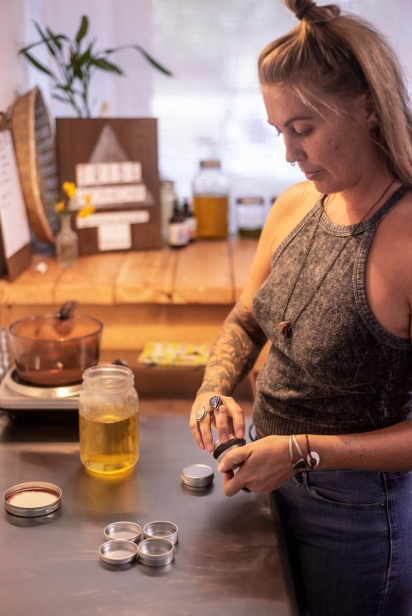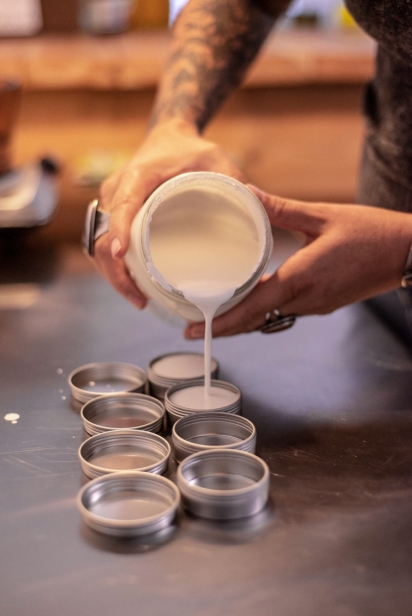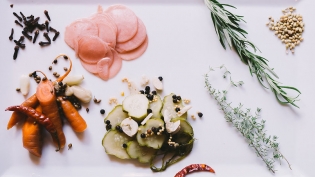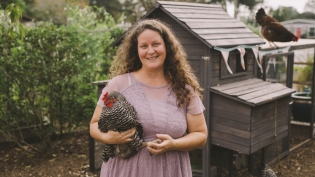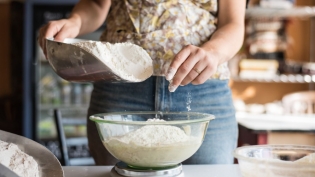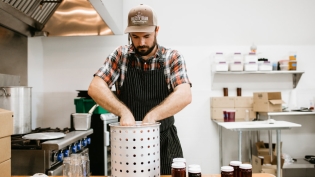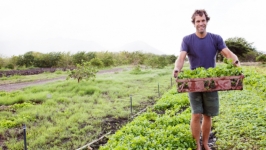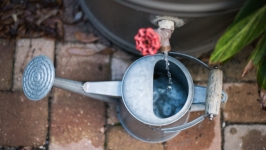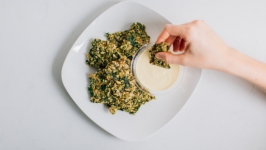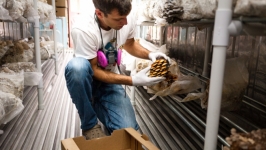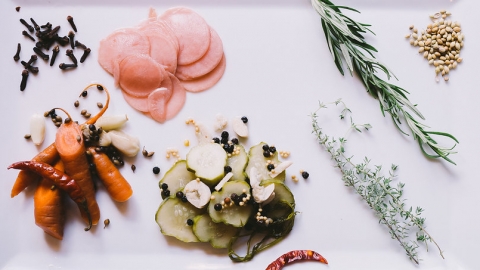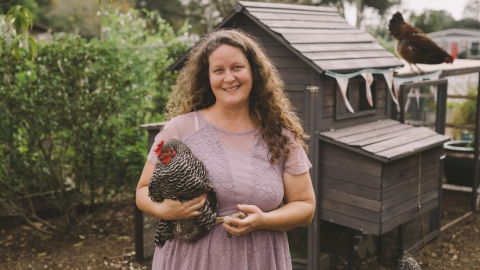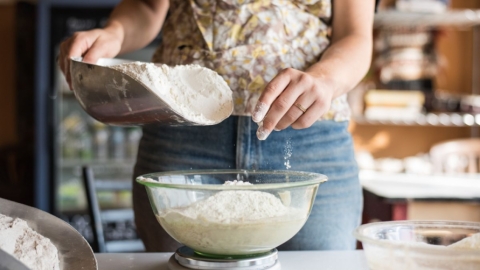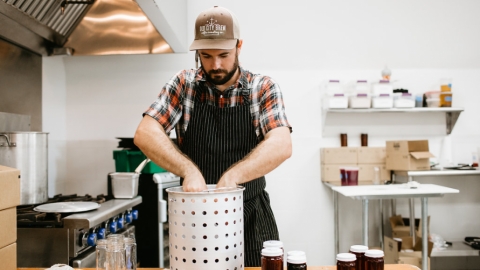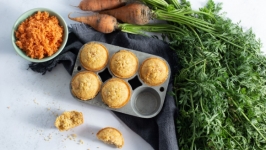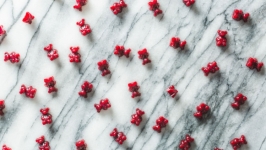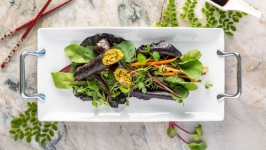Lost Skills: Making Natural Sunblock
The sun sustains all life on Earth and is an invaluable ally. Yet sun exposure can quickly be too much of a good thing, and we have become increasingly aware of the dangers of overexposure (sunburn, premature aging and skin cancer). As a result, we are now more quick to reach for sunscreen.
With sun protection, there are two types to consider, chemical sunscreen or physical sunblock. Chemical sunscreens typically contain octocrylene, avobenzone, octinoxate and other chemicals. They absorb UV radiation and turn the energy into heat that is dispersed in the skin. Physical sunblocks, using natural agents like zinc and titanium oxide, are reflectors. They create a barrier of protection blocking/ reflecting UV rays (think hats, clothing and mineral-based sunblock).
Ingredients found in common chemical sunscreens can potentially cause more harm than protection, as many have been shown to disrupt hormones or trigger skin allergies. Some ingredients, like Retinyl Palmitate/vitamin A, can even cause photo-sensitivity (increased sensitivity to sunlight). Natural mineral-based sunblock is considered safer for marine life. As we swim in the ocean the products on our skin wash away into the water. Chemicals like oxybenzone (an active ingredient in many common brands of sunscreen) has been shown to accumulate on the ocean floor and damage the fragile ecosystems of coral reef by disrupting its development and leaching it of nutrients, leaving coral “bleached” white. Alternatives to chemical sunscreens are available and some, like this recipe, are simple enough to make at home.
Many of these ingredients can be found at local health food stores or online. Substitutions can also be made for oils and nut butters but will alter the consistency of the final product.
INGREDIENTS
Makes approximately 4 ounces
1 ounce beeswax (solidifies the formula and aids in water resistance)
1-1/2 ounces cocoa butter
1/2 ounce shea nut butter
1/2 ounce coconut oil
1-1/2 ounces zinc oxide powder (non-micronized/non-nano)
1/4 teaspoon vitamin E oil
INSTRUCTIONS
Place beeswax, cocoa butter, shea nut butter and coconut oil in a clean, lidded jar or double boiler (clean-up can be messy, so don’t use your good kitchen pots or bowls). Heat the tightly lidded jar in a pot of water to melt the wax and oils. To speed up this process a bit, it can be helpful to give the jar a shake occasionally, wearing protective gloves or pot holders. Once the ingredients have completely melted, remove the jar from the heat and let it sit for about 10 minutes before removing the lid. When the jar is cool enough to remove the lid, add zinc oxide powder and the vitamin E oil, replace lid and shake until all ingredients are fully combined. Pour into jar of choice, let sit and solidify before covering with lid for future use.
Don’t want to try this at home? Visit tribeapothecary.com to find locally made sunblock and other natural sun care products.


